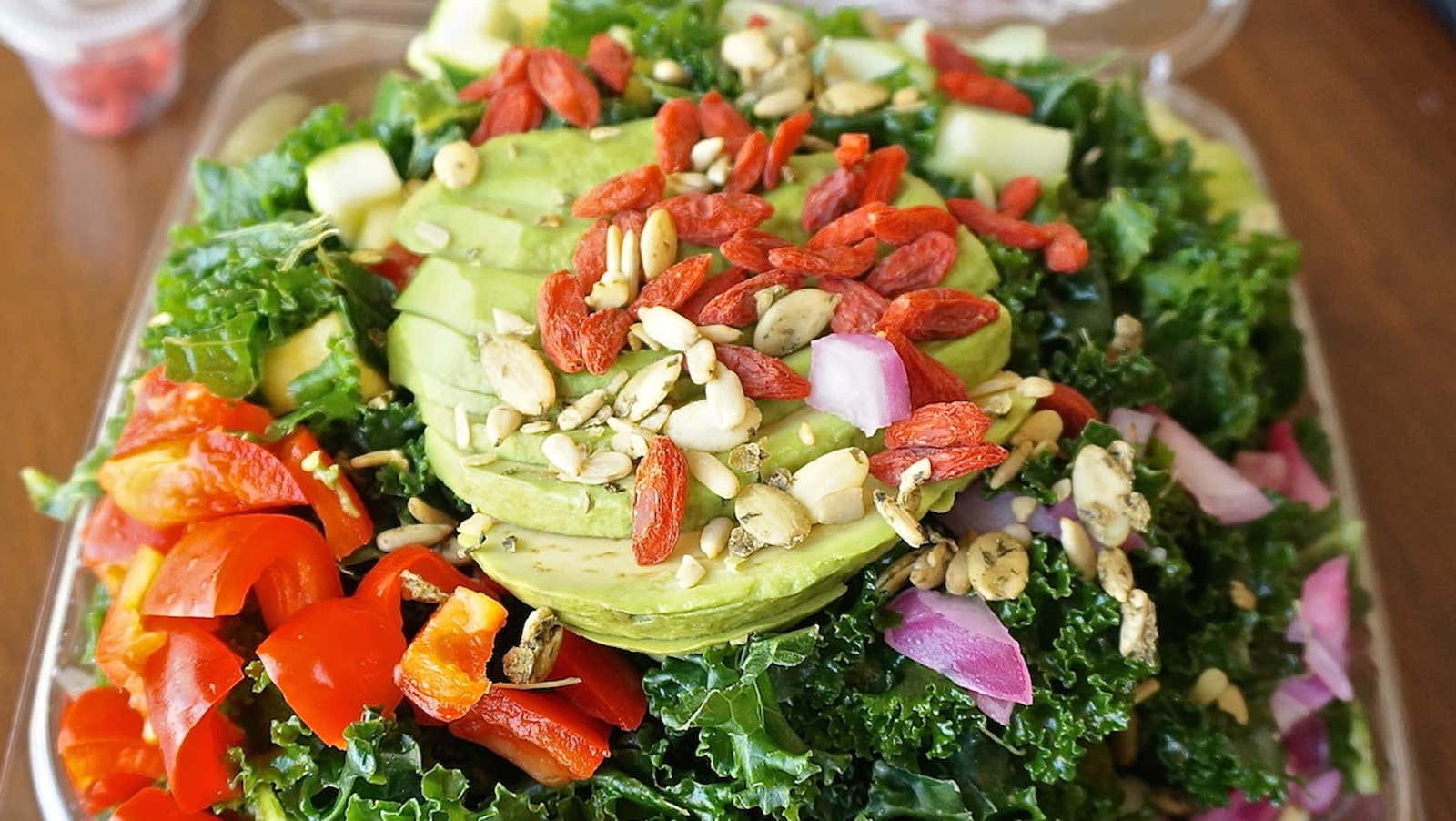You Are Probably Eating Goji Berries the Wrong Way.

Goji berries have only gained prominence in the United States since the early 21st century, touting themselves as a super fruit with many health benefits. But the Chinese have enjoyed goji berries for thousands of years as an essential ingredient in teas and tonics. According to the philosophy of traditional Chinese medicine, goji berry strengthens yin, improves vision and benefits the liver and kidneys. Modern science claims that these berries contain all nine essential amino acids and are a good source of vitamin A, vitamin C, iron, zinc and fiber.
Like many American-made Asian ingredients, goji berries have gained mythical superfood status. They are regularly found in juice bars, health food cafes and Whole Foods store shelves. The shriveled dried berries are treated as trendy exotic raisins, sprinkled on everything from salads to acai bowls or mixed with muesli.
As a Chinese American, this has always annoyed me. Goji berries are not raisins. This is how they are sold because the delicate berries are so perishable that they are rarely found fresh. In Asia, goji berries are rehydrated before meals. It’s not that hard – just add water and wait 20 minutes.
The idea of having a snack with dried goji berries in a trail mix or with a yogurt parfait would make as much sense to a Chinese as a snack of dried pasta. Dried goji berries are uncomfortable to chew and get stuck in the teeth, and they don’t taste as good as they do when rehydrated. Plump and soft, they are much more versatile and are often used in Chinese cuisine to garnish savory dishes like pea sprouts or crispy chicken. You can also add them to rice or cereal dishes, or add them to salsa or sauces. (If you prefer a creamier texture, try moisturizing the berries with milk or an alternative to milk instead of water.) The concept of rehydration isn’t just goji berries: other Chinese delicacies like sea cucumber, bird’s nest, and snow mushroom. are sold dried and require rehydration, and drying has been a useful method of preserving food for centuries.
You know and love the commercially available goji berry, Lycium barbarum, a bright red orange native to Ningxia. As with many other foods, only this variety is widely bred by people, but there are many others, including Lycium ruthenicum , a wild black goji berry found in the Himalayas that resembles Sichuan peppercorns. Its deep purple color indicates the presence of powerful antioxidants, but you will be hard pressed to find it in the United States.
Although demand for these fragile berries continues to grow, they have a short shelf life, with few American farmers attempting to grow goji berries commercially. Goji Farm USA in Sonoma has been the most successful lately, but even they are not spreading across the country. All commercial brands of dried goji berries (such as Navitas Organics and Viva Naturals) come from China. It is best to find the elusive fresh goji berries in the United States at a farmers market in California, or grow them yourself.
The goji plant is a woody, thorny shrub. Belongs to the family of nightshades and relatives of tomatoes. These rare fruits are actually surprisingly easy to grow at home if you have a well-drained garden. To get started, look for Phoenix Tears or Crimson Star goji berry seedlings in your nursery. Goji berries can withstand hot summers and cold winters, and unless it rains too much in your garden, they have a long harvesting season that starts in mid-summer. If you can keep them safe from predators such as aphids and birds, you will have a steady supply of fresh goji berries for several months – no rehydration is required.